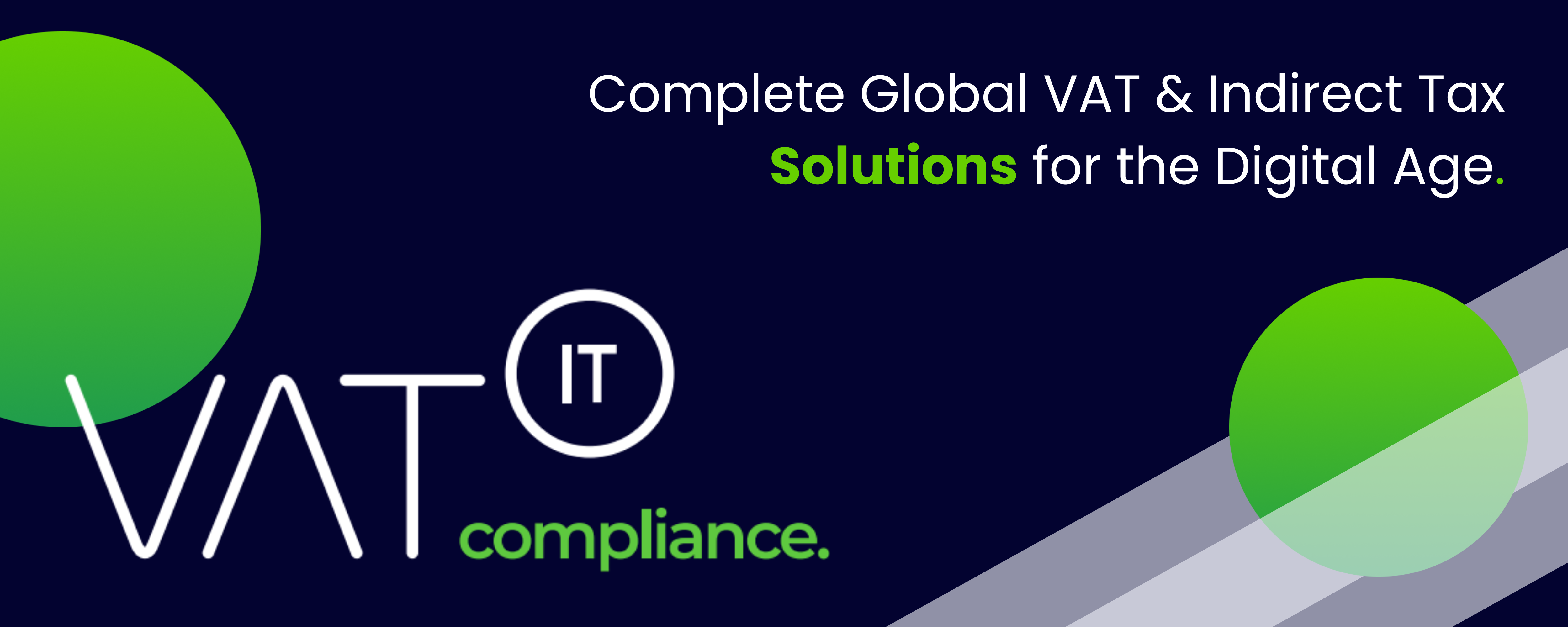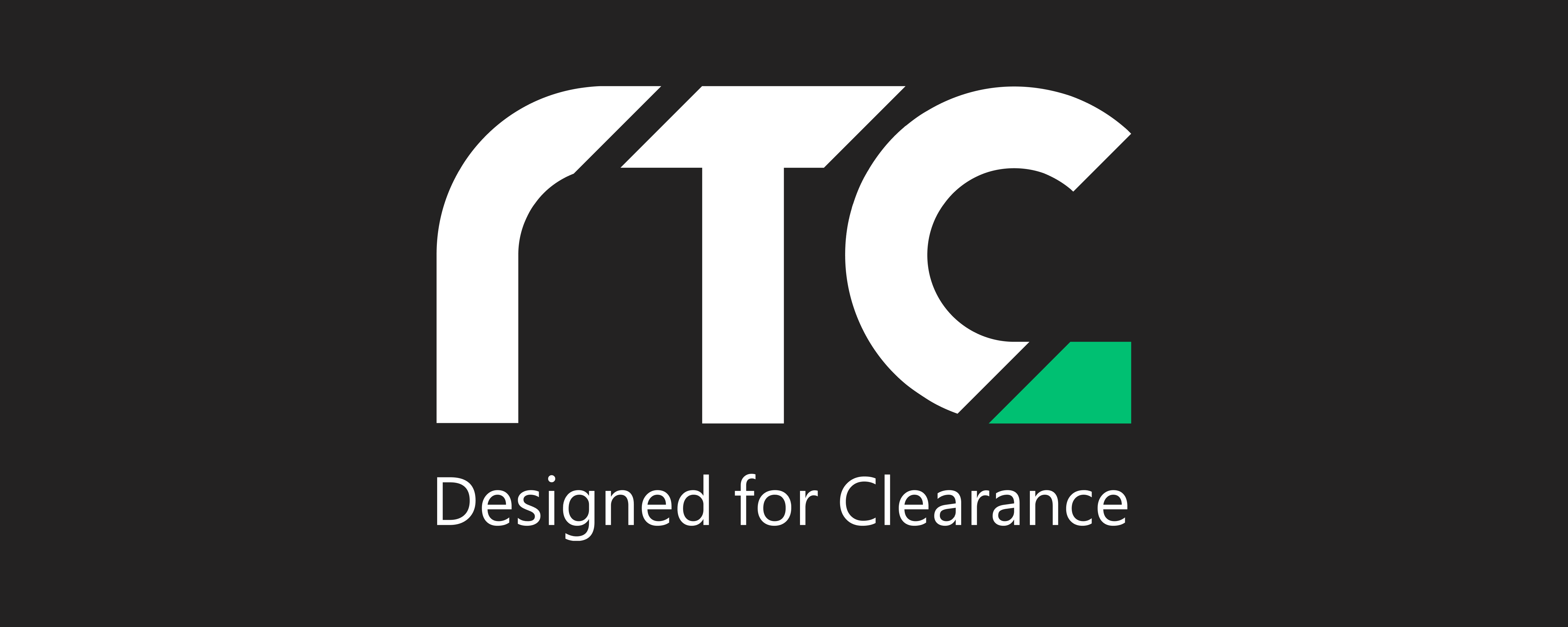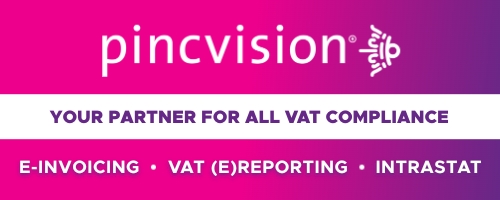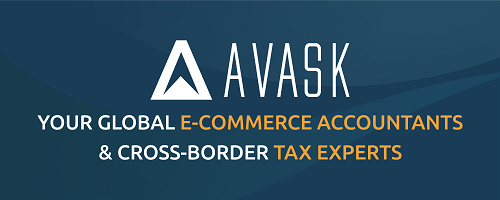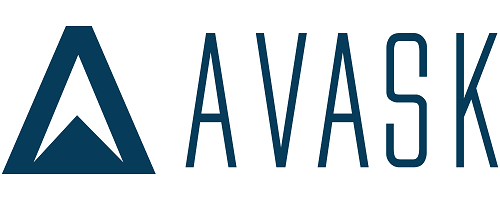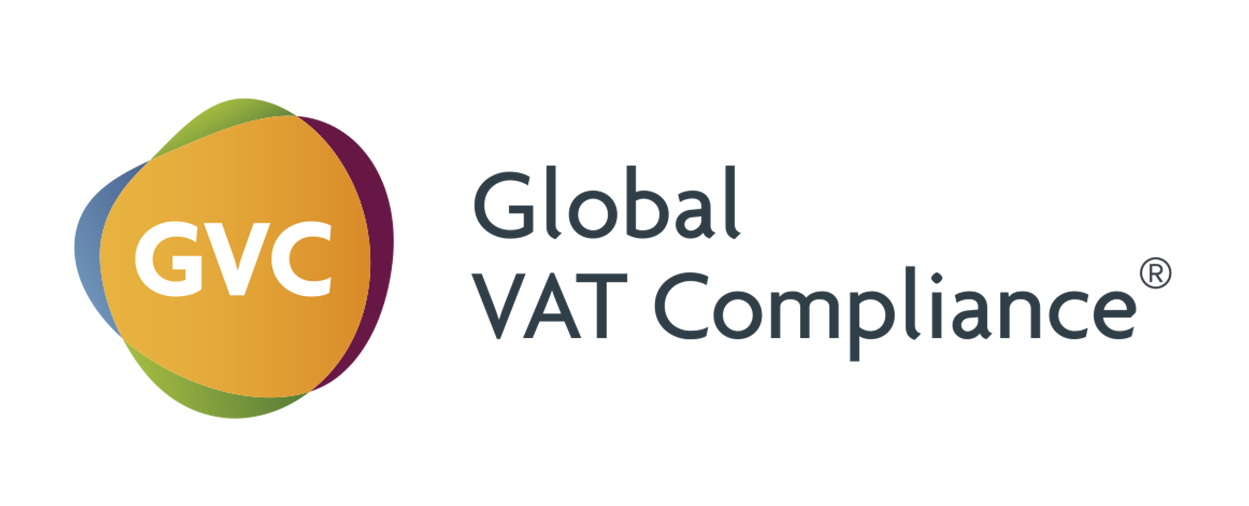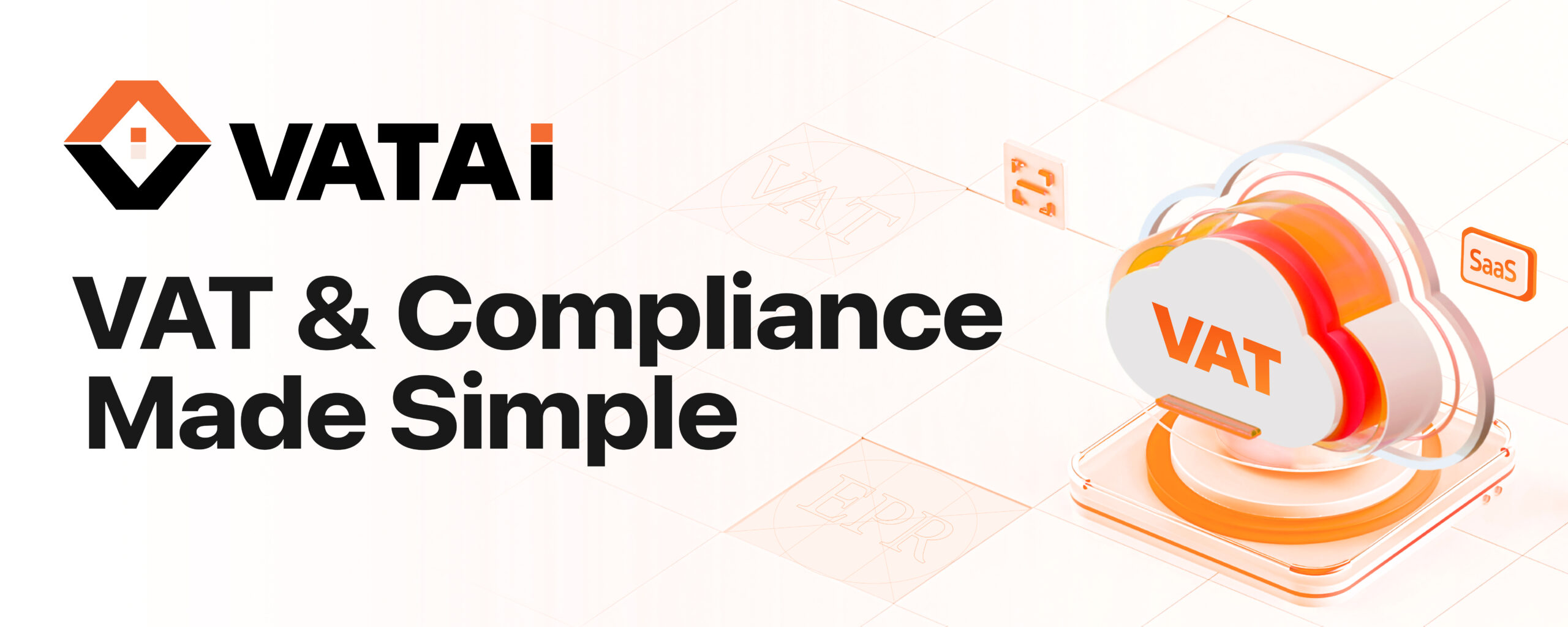- The transition period for CBAM started on October 1 and will last until January 31, 2025.
- The first CBAM report must be submitted in January.
- The European Commission has launched an electronic portal for registering CBAM goods.
- CBAM is a carbon adjustment mechanism at the EU’s border to prevent companies from relocating production to countries with less strict CO2 regulations.
- Registered importers will have to pay a price for the CO2 emitted during the production of imported CBAM goods starting from January 1, 2026.
- Certain goods, including cement, electricity, fertilizers, iron and steel, aluminum, and hydrogen, must be reported.
- The CBAM report should include information on the quantity of imported goods, greenhouse gas emissions, and carbon prices.
- The first CBAM report must be submitted in January 2024.
- The report should be submitted through the portal and comply with the EU monitoring method.
- The requirements for the first few reports have been relaxed, allowing for deviations from the EU method and the use of standard values.
- The European Commission will compare import declarations with CBAM reports and inform the Dutch Emission Authority (NEa) of any discrepancies.
- Non-compliance with CBAM reporting may result in fines.
Source: pkfwallast.nl
Note that this post was (partially) written with the help of AI. It is always useful to review the original source material, and where needed to obtain (local) advice from a specialist.



